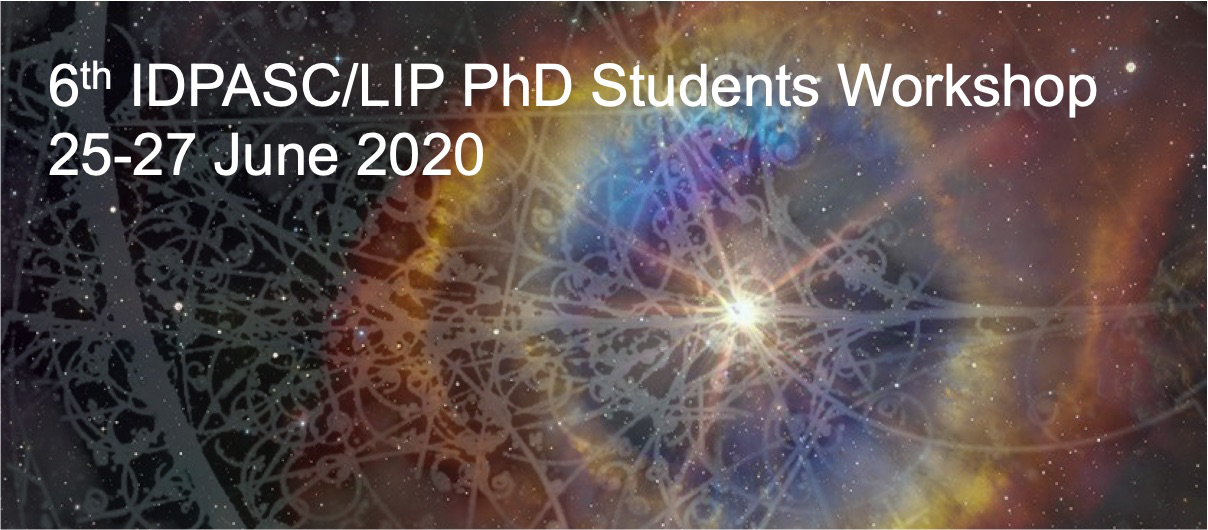Speaker
Description
Searching for the neutrinoless double beta decay (0νββ) is of major interest to understand the fundamental characteristics of neutrinos. If observed, it would prove the Majorana nature of neutrinos, i.e. they are their own anti-particles, and allow the measurement of their effective mass.
SNO+ is a large volume liquid scintillator neutrino experiment that will search for this decay using ∼3900 kg of natural tellurium. This search requires very low backgrounds and an accurate knowledge of the detector’s energy response, achieved by detailed calibrations.
One of the main backgrounds for the 0νββ search is the 2νββ-decay. The anti-neutrinos emitted in this process are not detected, and the summed kinetic energy of the two electrons forms a continuous spectrum from 0 MeV up to the Q-value of 2.527 MeV. Measuring the 2νββ half-life allows to experimentally verify the theoretical models used for the calculation of Nuclear Matrix elements (NME), which can improve the NME calculation for the 0νββ mode, necessary to extract the effective neutrino Majorana mass. Due to the limited energy resolution, the 2νββ spectrum tail will leak into the 0νββ region-of-interest (ROI), forming an irreducible background for this signal. It is thus fundamental to know very well the detector’s energy response, in particular the energy scale, to predict the 2νββ contamination in the 0νββ signal.
At present, the detector is being filled with liquid scintillator, an important phase to understand the scintillator properties and the background contaminations. This talk will present a short summary of the work developed during the first two years of this PhD project, and will focus on the on-going analysis of the partial scintillator fill data.

